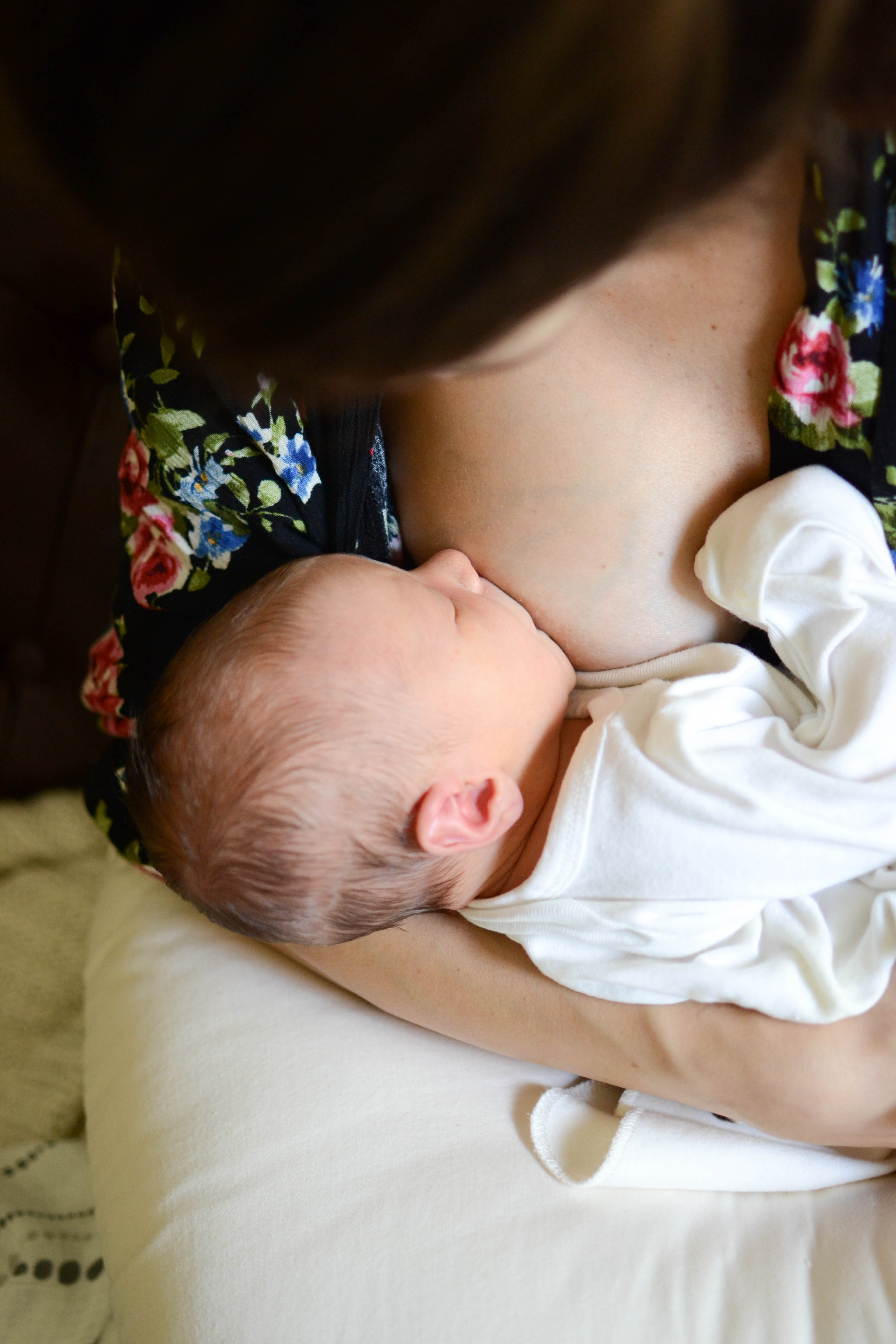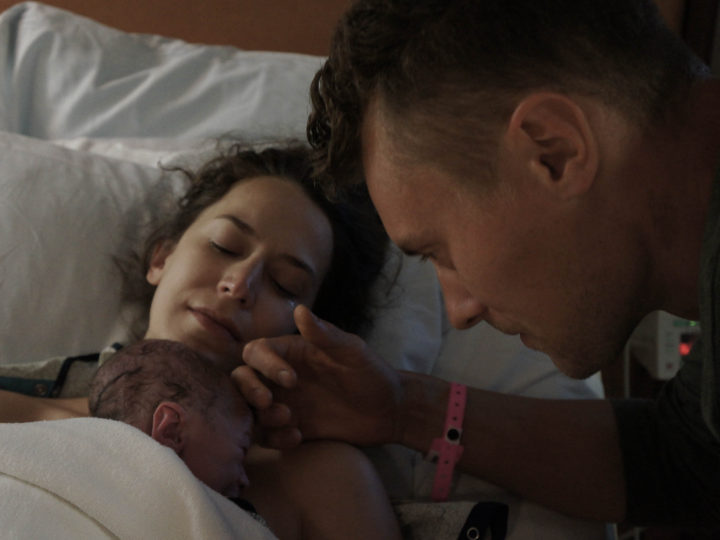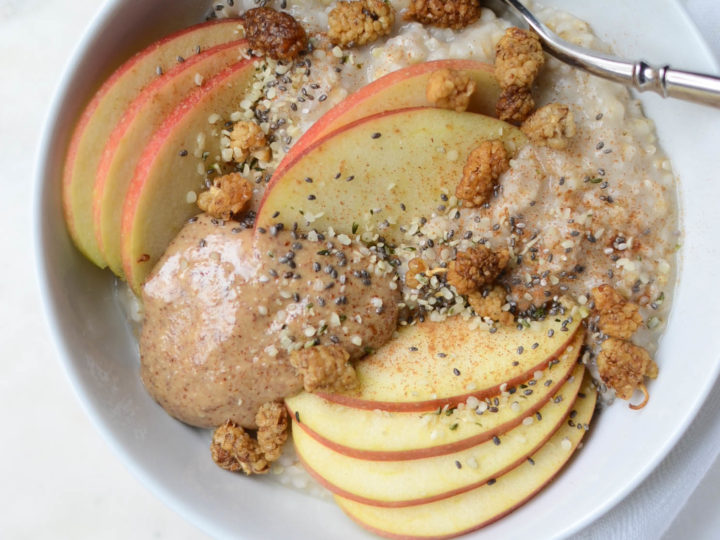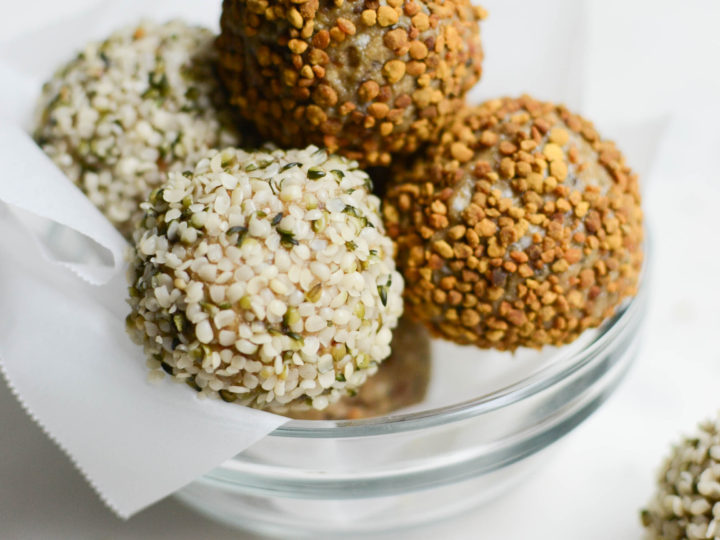
A few weeks ago I posted about the importance of a healthy microbiome and easy ways to improve those gut microbes! Today I want to talk about how the these microbes get inside of us in the first place and how they set the stage for our entire life. Babies are actually sterile inside of a mother so it all begins at birth! With the first exposure to microbes in the mother’s birth canal a baby’s human cells turn into the human-microbe superorganism that will stay with them for their entire life. The mother’s vagina contains a large amount of the bacteria, Lactobacillus, an oxygen-tolerant group of microbes that are commonly found in the gut microbiota of vaginally delivered babies. The reason this is so important is because unlike the adult gut, a newborn’s gut still contains oxygen from its life in the womb. The job of the Lactobacillus is to consume the remaining oxygen, while being able to tolerate the oxygen themselves, and create an oxygen free environment, prepping the gut lining for new anaerobic bacteria that thrive without oxygen for the rest of the baby’s life. Good bacteria like Lactobacillus also act as place holders, meaning that simply by taking up residence in the gut, they are preventing bad bacteria from taking up residence. They provide signals needed by the immune system to mature, fend off bad bacteria, and keep inflammation under control.
As you can imagine, a baby born via cesarian is first exposed to a very different set of microbes from the gloves and possibly skin of the doctors and nurses preforming the surgery instead of its mother’s birth canal. Babies born via cesarian contain more of a type of bacteria called Proteobacteria which is less than ideal. Recent studies have shown an increased risk of everything from obesity to allergies and asthma, to celiac disease and even cavities in c-section babies. There is scientific evidence now that babies with colic have a lot more of Proteobacteria and less Lactobacillus, much like the microbiota of babies born via cesarian who are formula fed. There are many cases where cesarian section is absolutely necessary in order to deliver a healthy baby and to protect the mother, but with the growing knowledge about microbiota assembly, we can consider practices that ensure baby’s first encounter to bacteria is most beneficial. Practices like vaginal swabs from the mother applied to the baby’s skin may be routine practice for cesarian deliveries in the near future in effort to give them the best microbe exposure possible! Also find a provider that supports you in your birth choice. Many cesarians are not medically necessary and no woman should be pressured into having one if there is not a medical reason.
Babies are also born with an incomplete digestive system. The slimy mucous layer that lines and protects the intestinal wall is thin and patchy. If this layer does not form properly, it leaves the infant gut exposed to possible invasion of bad bacteria. The very first exposure to bacterial colonizers sets the stage for the effectiveness of this mucous layer and how the infant’s immune system will respond to good and bad bacteria, viruses, parasites and even allergens. Ideally, infants start their relationship with the bacterial world with faceful of good mommy microbes, and then continue to receive tailor made antibodies and other immune system molecules from the mother’s milk. The third most abundant group of molecules in breastmilk are something called oligosaccharides, or HMOs. For a long time scientists could not figure out what HMOs were for because they are indigestible to humans. Only recently did they find out HMOs are actually microbe food! A lactating momma is not only providing food for her baby but also for the trillions of bacterial guests her baby is hosting. HMOs also help to seed another type of bacteria called Bacteroides, which thrive off of plant material. In other words, HMOs are preparing the baby’s gut for eating solid food one day. Breastmilk also provides living bacteria for baby, although scientists don’t quite know where it originates.
Formula companies try to mimic the contents of human milk as much as possible but unfortunately HMOs, which are human specific, are very complex and prohibitively expensive and time consuming to manufacture industrially. The probiotics you do see in formulas are just a best guess since it has not been determined which specific types are ideal for babies. The recommendation from the American Academy of Pediatrics is exclusive breastfeeding for 6 months and continued breastfeeding in combination with food for another 6 months. The World Health Organization even recommends breast milk up to 2 years of age and beyond. Breastfeeding takes commitment and I have seen some amazing mothers who’s baby’s don’t latch but they pump exclusively to provide their baby with breastmilk. Another mother I know who almost died following her birth, had her sister pump for her in the hospital bed to give her baby breastmilk! Breastfeeding certainly does not always come easy, but there are so many women who can support you and ANY amount of breastmilk is better than none! Our country has certainly not done enough to promote breastfeeding but there have been small steps in that direction. You can now receive a free breast pump through insurance for every baby you have!
Unfortunately, sometimes circumstances leave you with only bad choices for your baby’s microbiota. A premature baby born via emergency cesarian kept in the NICU, given antibiotics, combined with not being strong enough to latch on to the breast is a very real scenario. At the same time, giving birth vaginally, and breastfeeding until 16 months, like I did with my son, also doesn’t guarantee your child will have no issues. My son struggled with severe eczema and had an anaphylactic allergic reaction out of no where to cashews at 16 months after eating them previously with no issues. There are so many environmental factors that come into play as well. Most importantly, knowing how important your baby’s exposure to good microbes is, can help you make good decisions like talking to your doctor about a vaginal swab if you had a cesarian delivery and making an effort to give your baby breastmilk in any capacity. Also, don’t underestimate reaching out to other mothers. I have witnessed multiple breastmilk donations (and been part of) since having my son two and a half years ago. Mommas who have more than enough breastmilk for their own baby are overjoyed to be able to give their “liquid gold” to another baby. I just witnessed one of these a few weeks ago in the grocery store! Breastfeeding came easy for me with my son but was tough with my daughter, combined with a very traumatic hospital stay when she was only 5 weeks old where I really struggled to keep up my supply on only a couple hours of very terrible sleep each night. Keep your eye out for another post coming soon on my breastfeeding essentials because I want to support breastfeeding mommas and baby microbiome as much as possible!
Newer
nourishing 10 minute meal for a pregnant momma (or anyone)
Older
my postpartum journey to restore my core
Comments (2)
-
I’m almost certain Gwendolyn’s eczema and food sensitivities/allergies stemmed from being born via c-section (and looking back I think there’s a possibility that I unknowingly was given antibiotics as well ). It seems to be a similar trend with these health issues in other babies I know who were delivered by c-section. Glad there is more research and information out there now that can hopefully help lessen the impact of the disruption to the microbiome. Thanks for sharing!
-
Author
It definitely could play a role! I think the vaginal swab idea is revolutionary! Obviously there are other benefits of the birth canal besides microbes but if we can solve some of the problems let’s do it!!
-




